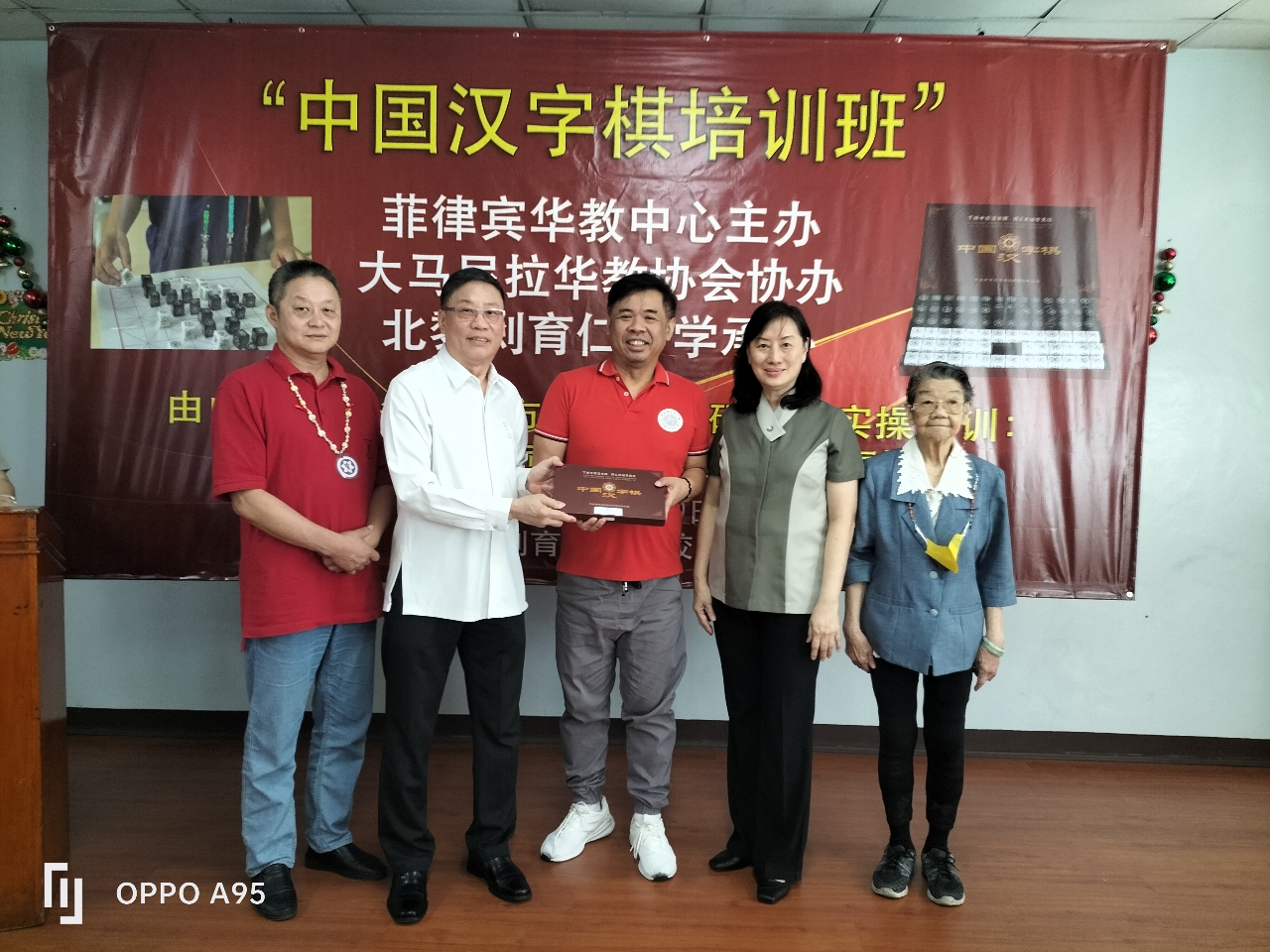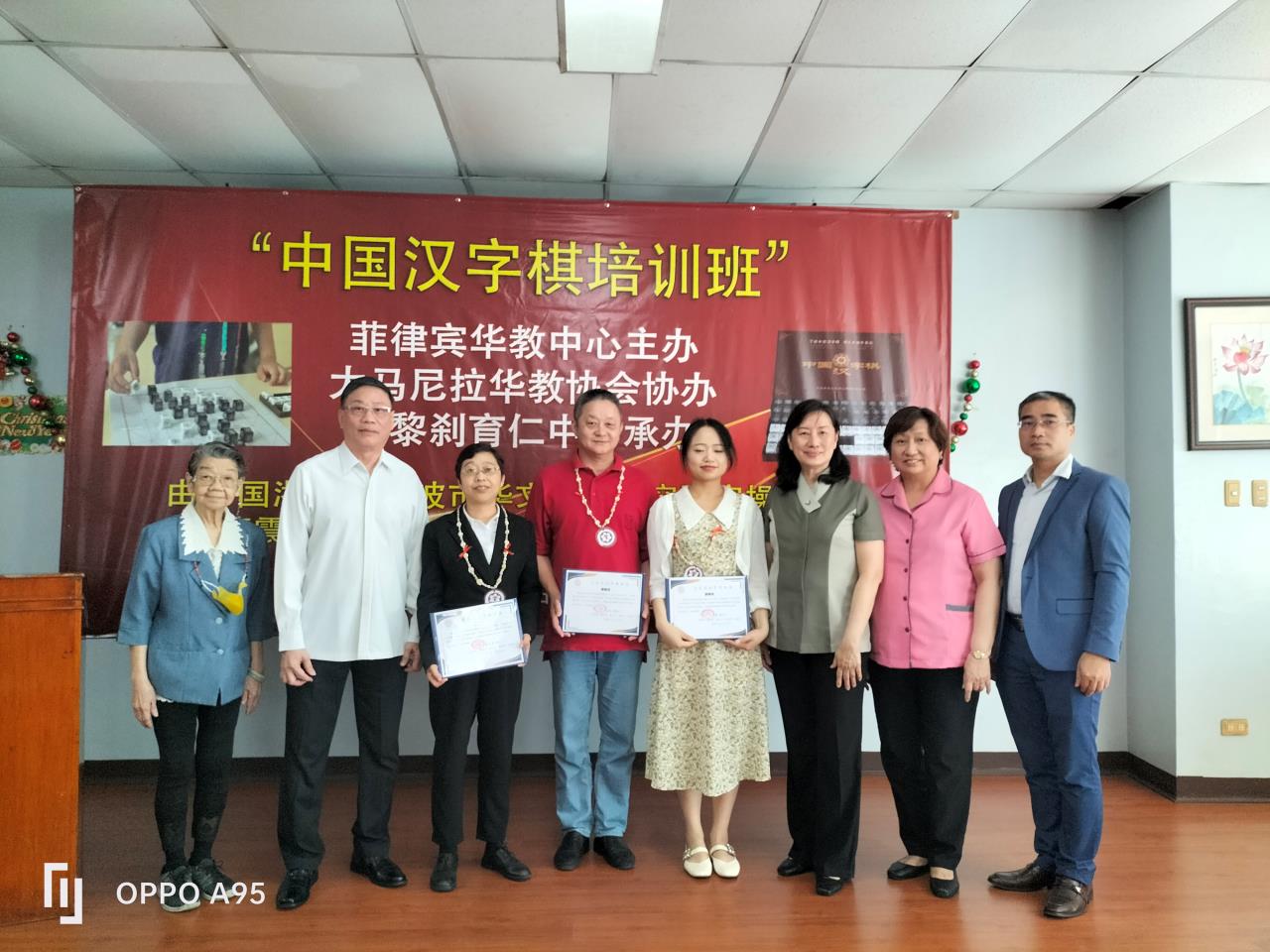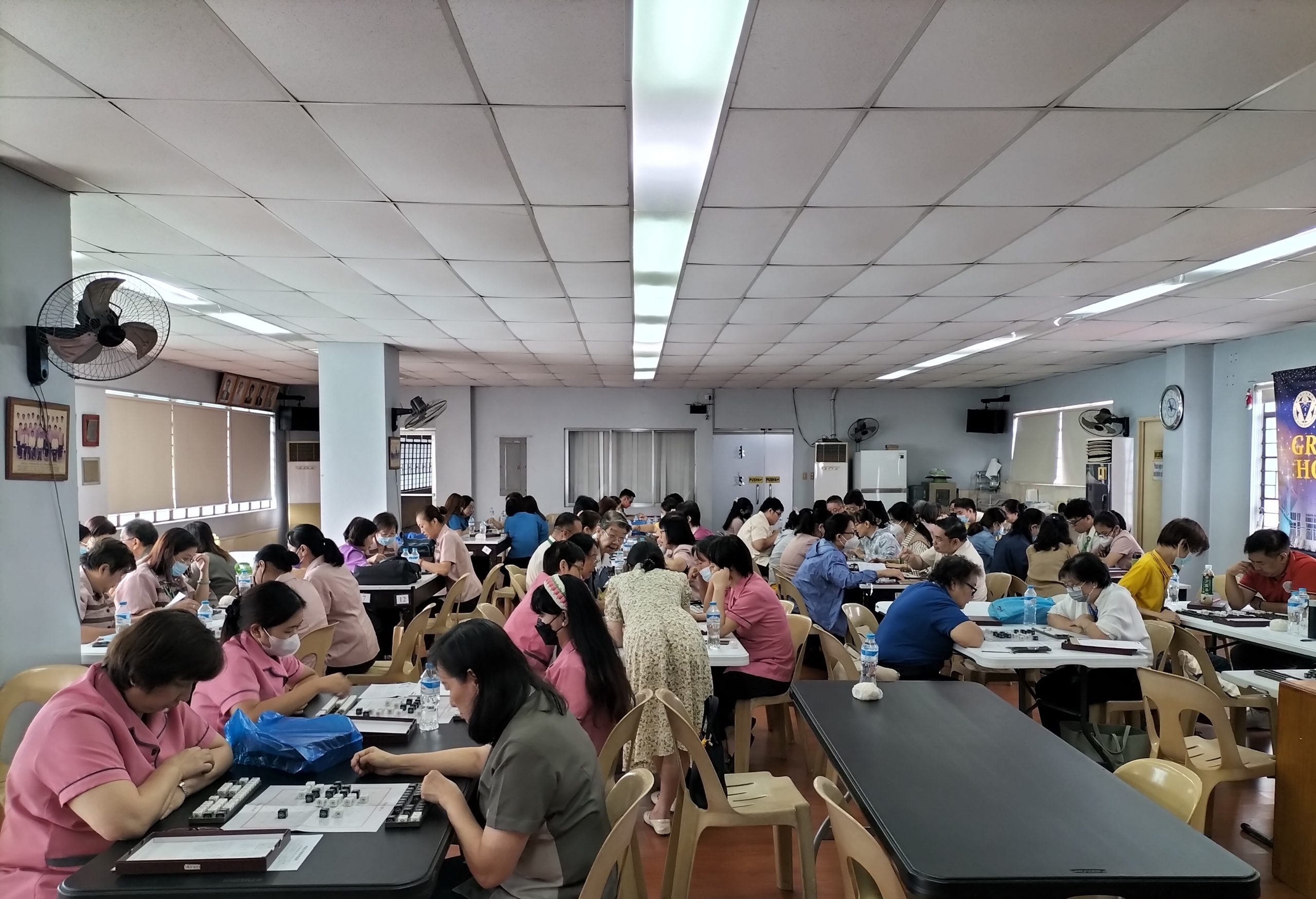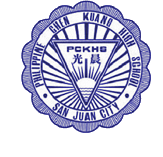On November 20th, Principal Huang Sihua, Cai Yingying and Head of the Chinese Department Zhong Fu participated in the “Chinese Character Chess Training Course for Chinese Language Teachers in Metro Manila” hosted by Philippine Chinese Education Center, co-organized by the Greater Manila Chinese Education Association, and organized by North Rizal Yorklin School. The event was presided over by Wu Jianquan, director of North Rizal Yorklin School, and attended by Cao Zhenjie, President of Zhejiang Ningbo Institute of Chinese Character Application, Huang Duanming, Chairman of the Chinese Education Center, Yang Meimei, Vice Chairman, Cai Lisha, Vice Chairman and President of the Chinese Education Association of Metro Manila, Lin Feng, Director of the Publishing Department, and nearly 100 discourse teachers from 17 Chinese schools in Metro Manila participated in the training activities.
Zhang Xiling, director of the research institute, conducted on-site practical training for the Chinese education workers who participated in the training, and the training process was vivid and interesting, and the teacher’s explanation was also very clear and simple. The domestic version is based on the “List of Common Characters in Modern Chinese”, which is composed of 6 sets of chess pieces, containing 2880 Chinese characters, and is divided into three levels: elementary, intermediate and high; In 2018, Ren Zhifu developed a foreign version of “Chinese Character Chess” consisting of 3 sets of chess pieces containing 1,440 Chinese characters, based on the Chinese characters of the HSK International Chinese General Textbook. The chess pieces of “Chinese Character Chess” are square six-sided shapes, with a Chinese character on each side, and the pinyin letters around the perimeter are used to distinguish the ranks, and the Arabic numerals are used to distinguish the literals. There are six rules, such as chess, word formation, and taking of the pieces of chess, which are played by two people, and the winner is determined by the number of chess pieces that make up words on the chessboard. The name of the “Chinese character chess” level is “Nine Rank System”, from low to high, the starting level is nine pins, and the highest is one pin. The promotion path of the “Chinese Character Chess” level is divided into two types: special promotion and annual event promotion. The full set of Chinese character chess is divided into six sets of 80 pieces each, and 40 pieces for each side of the game, and each level is two sets of character chess. The chessboard of Chinese character chess consists of vertical, horizontal and diagonal lines to form a chess path, and the intersection points are chess positions, with a total of 81 chess positions.
At the end of the training, the organizer presented “Chinese Character Chess” to each participating school. This not only gave us an in-depth understanding of the rules and strategies of Chinese character chess, but also inspired us to further think about how to integrate this novel teaching method and tool into Chinese language teaching in order to better stimulate students’ interest in learning Chinese language.
We are excited to participate in more activities like this and bring what we have learned back to school to provide students with more possibilities Chinese Character Chess learning.
11月20日,本校黃思華校長、
研究院章錫靈主任為參加培訓的華教工作者進行了現場實操培訓,
在培訓結束後,主辦方特意贈送給參與的每所學校“中國漢字棋”。
我們對未來充滿期待,期待能夠參與更多類似的活動,




